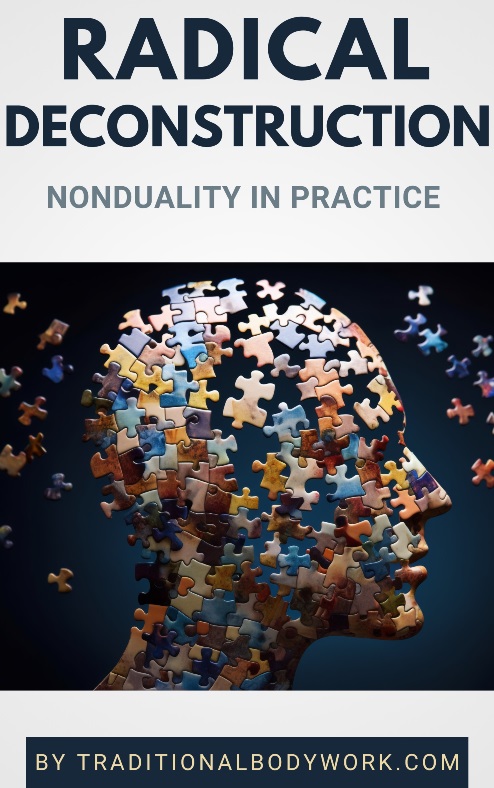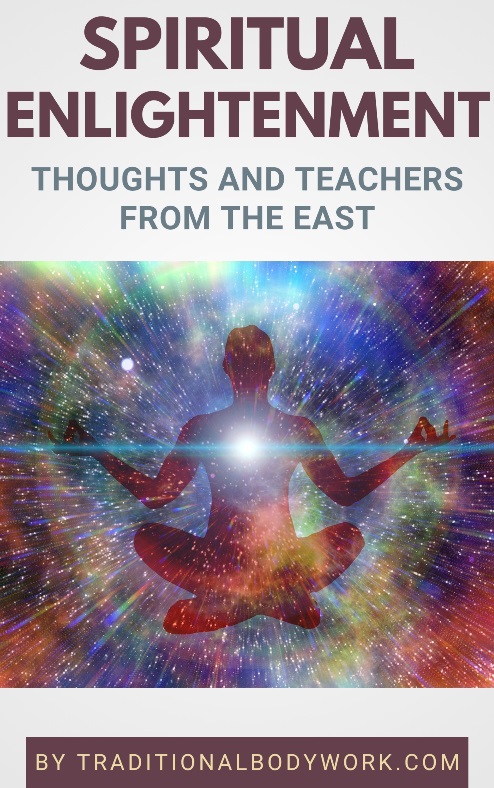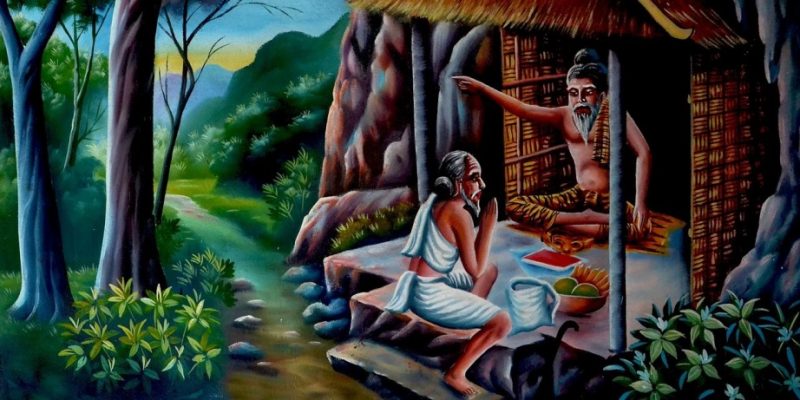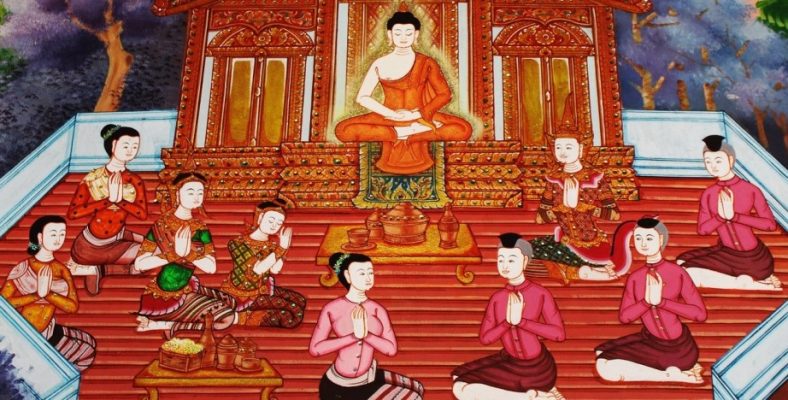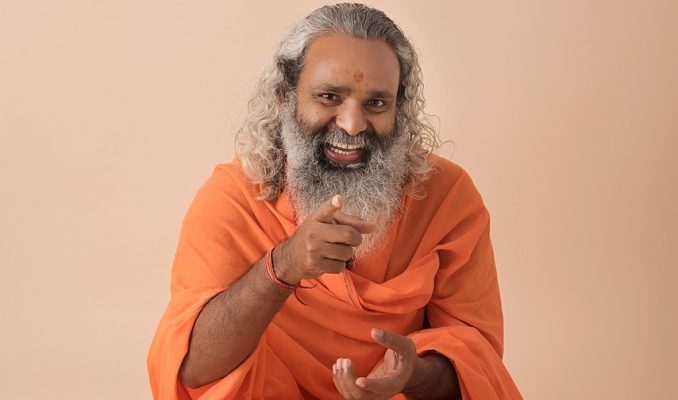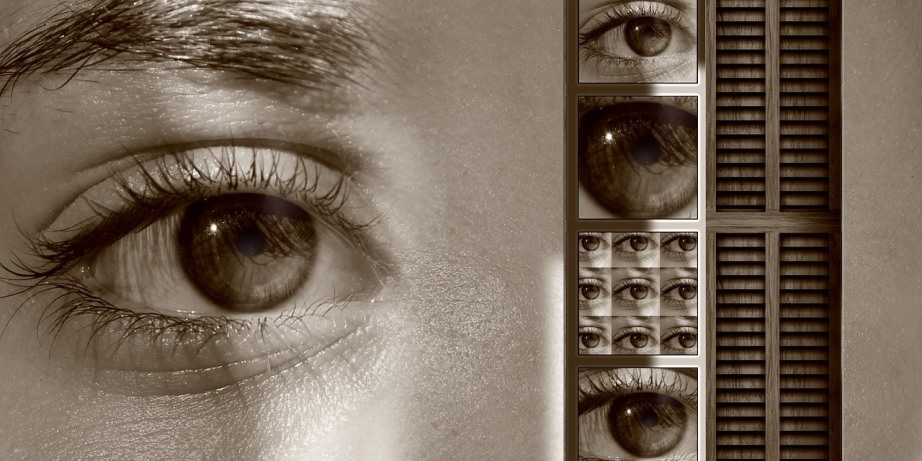
One of the things you’ll often hear expounded by Neo-Advaita Gurus is that “all is consciousness.” That is, the world, other people, and the notion and perception of an “I” or “Self” is a “play within (our) consciousness,” and “we” — what we really are — well, we are merely the Observer or Witness.
It’s explained as something like a dream with “objects” living in that dream, which have no independent existence of their own; when consciousness arises — or better said, when there’s awareness or witnessing of consciousness — the Ego (I or Self) and the world with its phenomena arises in a dual experience of an I and all that is not-I. It’s the eternal play of duality, or Maya (illusion) if you wish.
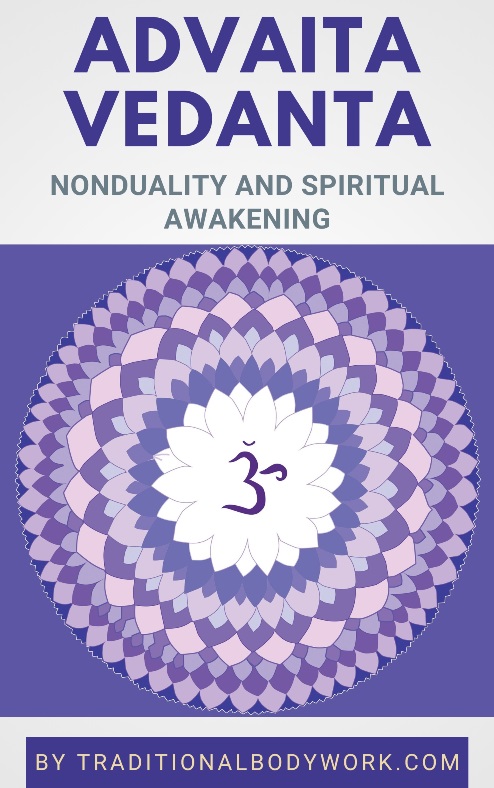
The Witness — called Sakshi in Hinduism or Turiya (the fourth state) — is one of the cardinal ideas in Advaita Vedanta philosophy. It’s thought of as Pure Seeing and Absolute Awareness, something that in essence doesn’t get affected or touched by the world i.e. by what it’s aware of as phenomena in consciousness.
Sakshi, the Witness is transcendental, beyond space and time, it’s not the experiencer (the experiencer is the Ego or Self appearing in consciousness), not what’s experienced (the world and others), and not the experiencing act itself. All that — is a play of, from, and in consciousness. As said: all is consciousness.
According to Advaita, our Spiritual Awakening or Spiritual Liberation comes about when we firmly realize that we are in realty only the Witness, being a “thing” that we cannot “know,” because all “knowing” only takes place in consciousness. The Witness is not consciousness, it’s only aware of consciousness when it arises i.e. manifests itself. Nevertheless, the Witness is our True Self, what-we-really-are, and as such we can be it, a thing we actually already are.
In Advaita, the Witness is sometimes also explained as being Pure Consciousness. It that sense, it would indeed be “a form of consciousness” like the fourth state of Turiya, but then pure and undefiled by the contents of consciousness. One could almost say that it would represent a kind of “unconscious consciousness.”
The Witness is sometimes also described as the light that makes objects (i.e. phenomena) visible. It’s not what it shines it light on, but it only makes things visible and therefore seemingly real. It gives reality and life to what’s in essence not-real and not independently alive. Nonetheless, when the Witness starts to identify itself with a separate entity (i.e. object) within consciousness, the Ego (I) and duality arise with its subsequent estrangement and suffering.

